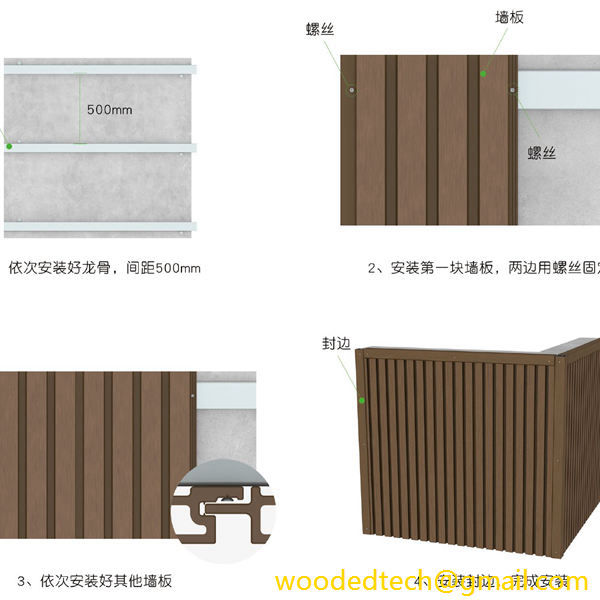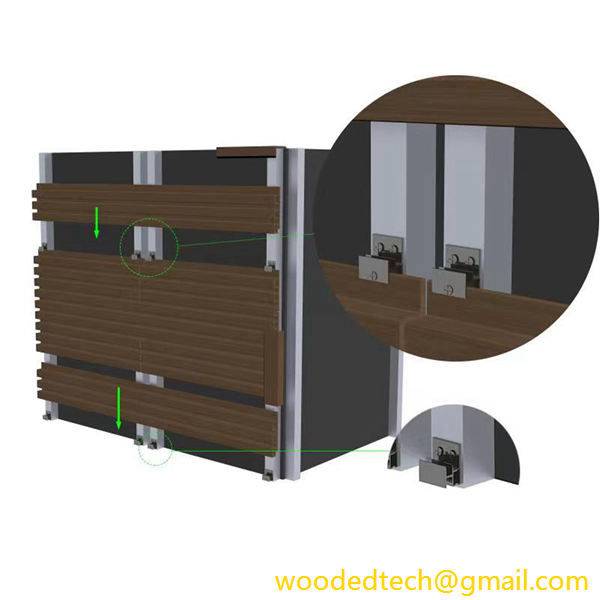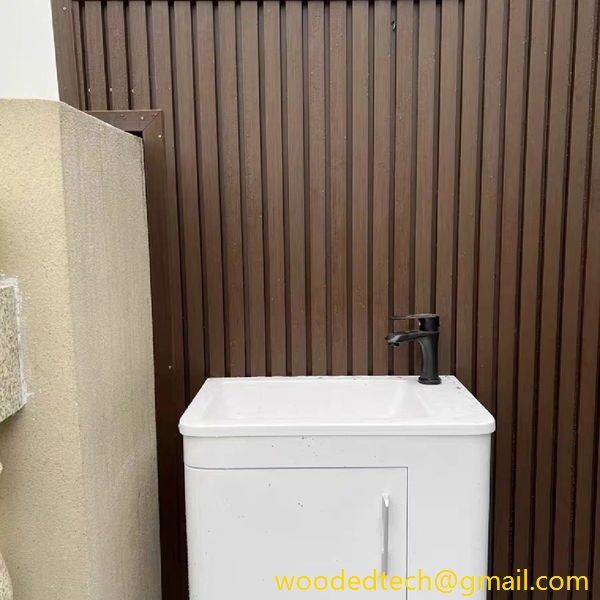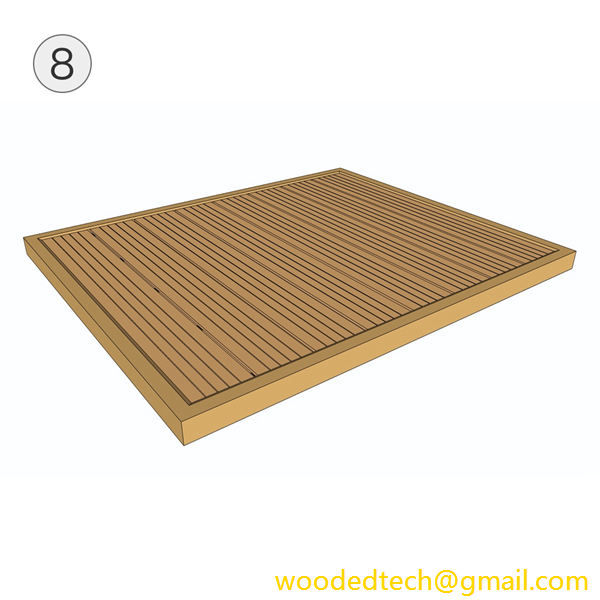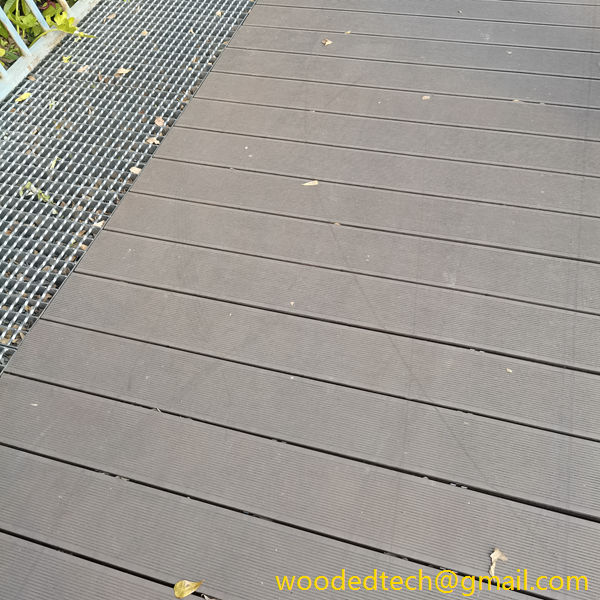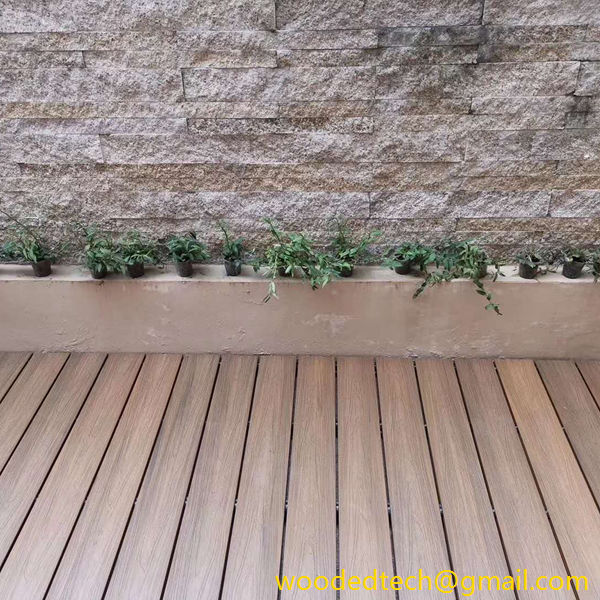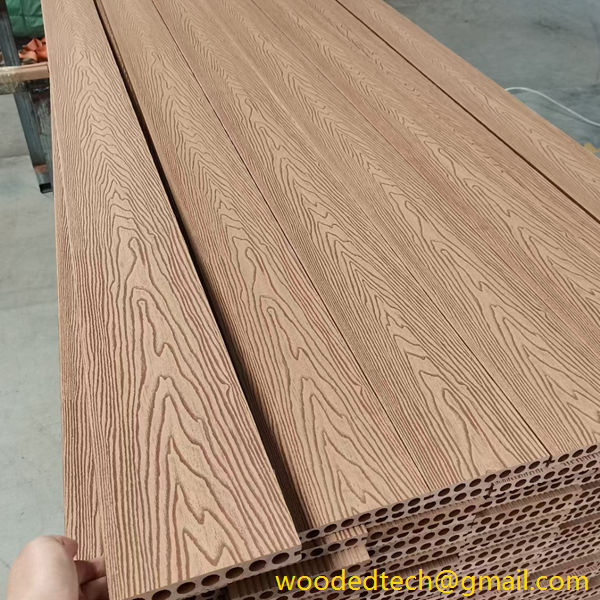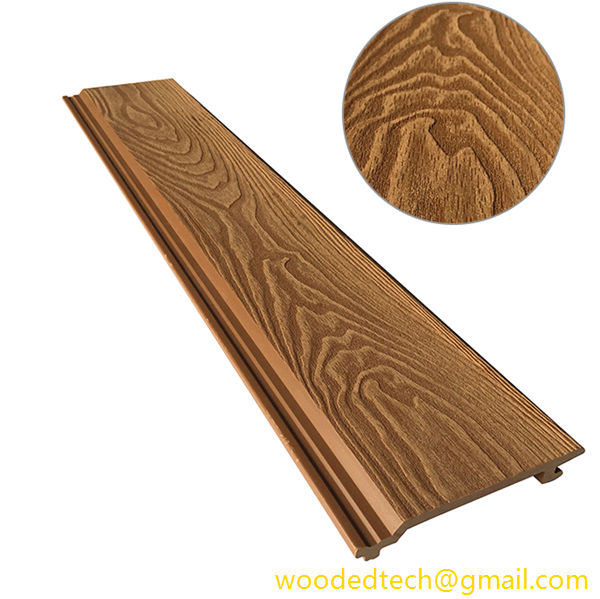Innovative Composite Wall Panel System for Modern Building Designs
Innovative Composite Wall Panel System for Modern Building Designs In the ever-evolving landscape of architecture and construction, the demand for innovative materials and systems has never been greater. Among these advancements, the composite wall panel system has emerged as a transformative solution for modern building designs. This innovative approach not only enhances the aesthetic appeal…
Innovative Composite Wall Panel System for Modern Building Designs
In the ever-evolving landscape of architecture and construction, the demand for innovative materials and systems has never been greater. Among these advancements, the composite wall panel system has emerged as a transformative solution for modern building designs. This innovative approach not only enhances the aesthetic appeal of structures but also addresses critical concerns such as energy efficiency, sustainability, and ease of installation.
Composite wall panels are engineered products that combine two or more materials to create a single, efficient unit. Typically, these panels consist of a core material sandwiched between two outer layers, which can be made from a variety of materials including metal, fiberglass, and various types of insulation. The selection of materials is crucial as it significantly influences the panel’s performance characteristics, durability, and overall appearance.
One of the most compelling features of composite wall panel systems is their versatility in design. With a wide range of customizable materials available, architects and designers can tailor the look and feel of a building to suit its intended use and aesthetic goals. For instance, exterior panels can be crafted from materials that mimic the appearance of natural stone, wood, or traditional brick, allowing for a seamless integration into various architectural styles. This adaptability not only enhances the visual appeal of buildings but also enables designers to push the boundaries of creativity.
In addition to aesthetic customization, composite wall panels offer significant functional advantages. One of the primary benefits is their superior insulation properties. The core materials used in these panels can be selected based on their thermal resistance, effectively reducing heat transfer between the interior and exterior of buildings. This characteristic plays a vital role in improving energy efficiency, leading to lower heating and cooling costs over the lifespan of the structure. As energy efficiency becomes a critical consideration in modern construction, the demand for materials that can contribute to sustainable building practices has risen sharply.
Moreover, the lightweight nature of composite wall panels simplifies the construction process. Traditional building materials, such as concrete and brick, are often heavy and cumbersome, requiring extensive labor and machinery for installation. In contrast, composite panels can be manufactured to be significantly lighter, allowing for easier handling and installation. This reduction in weight not only decreases labor costs but also minimizes the structural support required, which can lead to further savings in both materials and construction time.
Another important aspect of composite wall panel systems is their durability and resistance to environmental factors. Many composite materials are designed to withstand harsh weather conditions, including high winds, heavy rain, and extreme temperatures. This resilience ensures that buildings maintain their structural integrity and aesthetic appeal over time, reducing the need for frequent maintenance and repairs. Additionally, composite panels can be resistant to pests, rot, and corrosion, further extending their lifespan and reliability.
Sustainability is at the forefront of modern construction practices, and composite wall panels can significantly contribute to eco-friendly building initiatives. Many manufacturers offer panels made from recycled materials or those that can be recycled at the end of their life cycle. This not only reduces waste but also minimizes the carbon footprint associated with the production of new materials. Furthermore, the energy efficiency of composite wall panels can contribute to earning green building certifications such as LEED, making them an attractive option for environmentally conscious developers and homeowners.
The installation process for composite wall panels is another aspect that enhances their appeal. These panels are often prefabricated in controlled environments, allowing for precise manufacturing and quality control. Once on-site, they can be quickly assembled, reducing construction time and minimizing disruptions. This efficiency is particularly beneficial for commercial projects where time is often a critical factor.
In recent years, advancements in technology have further expanded the possibilities for composite wall panels. Innovations such as smart materials and integrated systems are being incorporated into panel designs, allowing for features like built-in sensors for monitoring energy usage or materials that can change properties based on environmental conditions. These cutting-edge solutions not only enhance the functionality of buildings but also position composite wall panels at the forefront of modern architectural design.
Ultimately, the innovative composite wall panel system represents a significant leap forward in building technology. With an extensive range of customizable materials, these panels offer architects and builders the flexibility to create unique and functional spaces that meet the demands of contemporary living. The benefits of energy efficiency, durability, sustainability, and ease of installation make composite wall panels an ideal choice for a variety of applications, from residential homes to large commercial structures.
As the construction industry continues to evolve, the adoption of composite wall panel systems is likely to become increasingly widespread. By embracing these innovative materials, builders can not only enhance the performance and aesthetics of their projects but also contribute to a more sustainable future in architecture and construction. The potential of composite wall panels is vast, and as technology advances, so too will the possibilities for their use in modern building designs.

